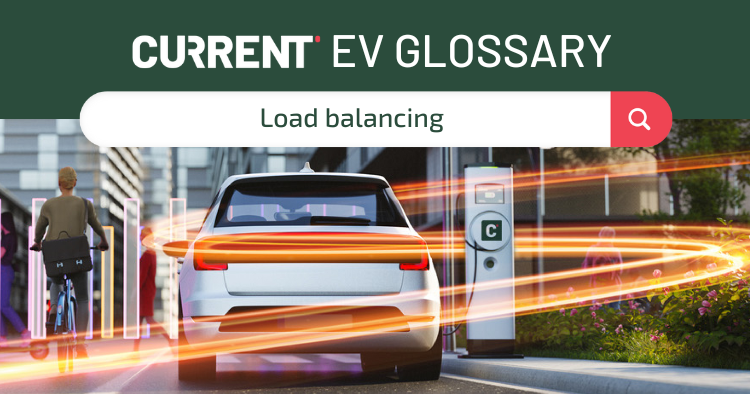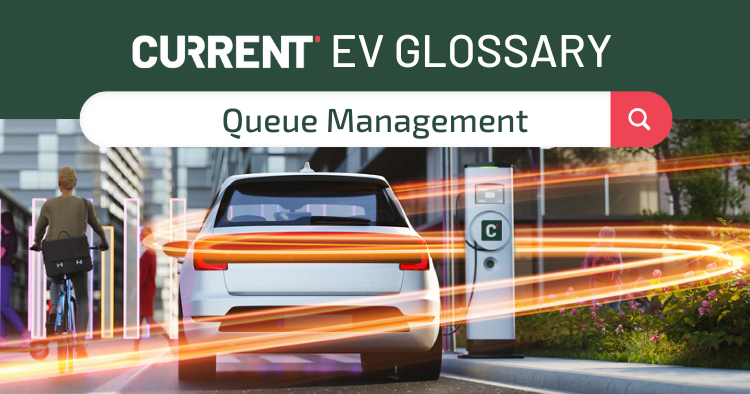AC Charging
AC Charging for Electric Vehicles
Even though commercial electricity has been around for more than a century, the EV revolution showed the need to explain the basic principles to a new generation of users. AC Charging and its variants should be the first step in understanding how charging works. It is one of the critical points in EV ownership and the proper functioning of an electric vehicle. So, here is what you need to know about AC Charging and why it is relevant and essential to all EV owners.
What is AC Charging?
As you may know, electric power comes in two forms – AC and DC. AC stands for "alternating current" while DC stands for "direct current." The AC is an electric current that reverses its direction and magnitude over time while DC flows in one direction. It alternates, hence the name. Due to its nature, AC is the most common form of electricity, and it is used for powering homes, lights, electrical appliances, and of course, electric vehicles. The AC can be transmitted long distances over the power grid, making this type of electricity very practical. However, for charging electric vehicles, its principles of working are a little bit different.
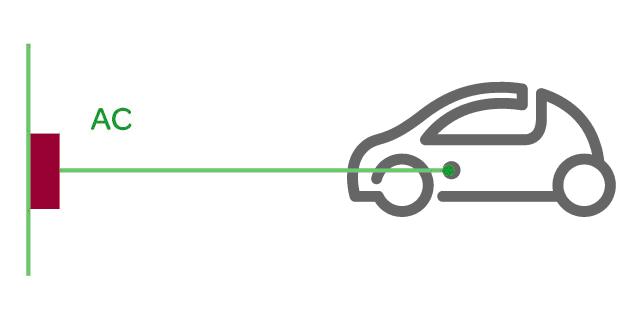
AC Charging For Electric Vehicles
As explained, the electric power coming from the standard grid is always in AC form, so it means that most of the chargers you will find around the city, parking lots of the shopping centers, and homes will provide your EV with this form of electricity. However, even though the power is delivered in AC form, the energy stored in your battery pack is always in DC. That means every electric car has an onboard converter that converts AC to DC to fill your battery. The converter is an essential part of any electric car since it is crucial for the charging process. This principle is used in any battery-powered device, which we can see in smartphones, consumer electronics, and electric vehicles.
However, there are also DC-only chargers for electric vehicles, also known as "fast chargers." They are located near industrial compounds or along the highways and use direct current instead of alternate current. Since feeding the battery directly with the same type of electricity and bypassing the AC/DC converter, the DC or rapid chargers are known to fill the battery much faster than regular AC or home chargers.
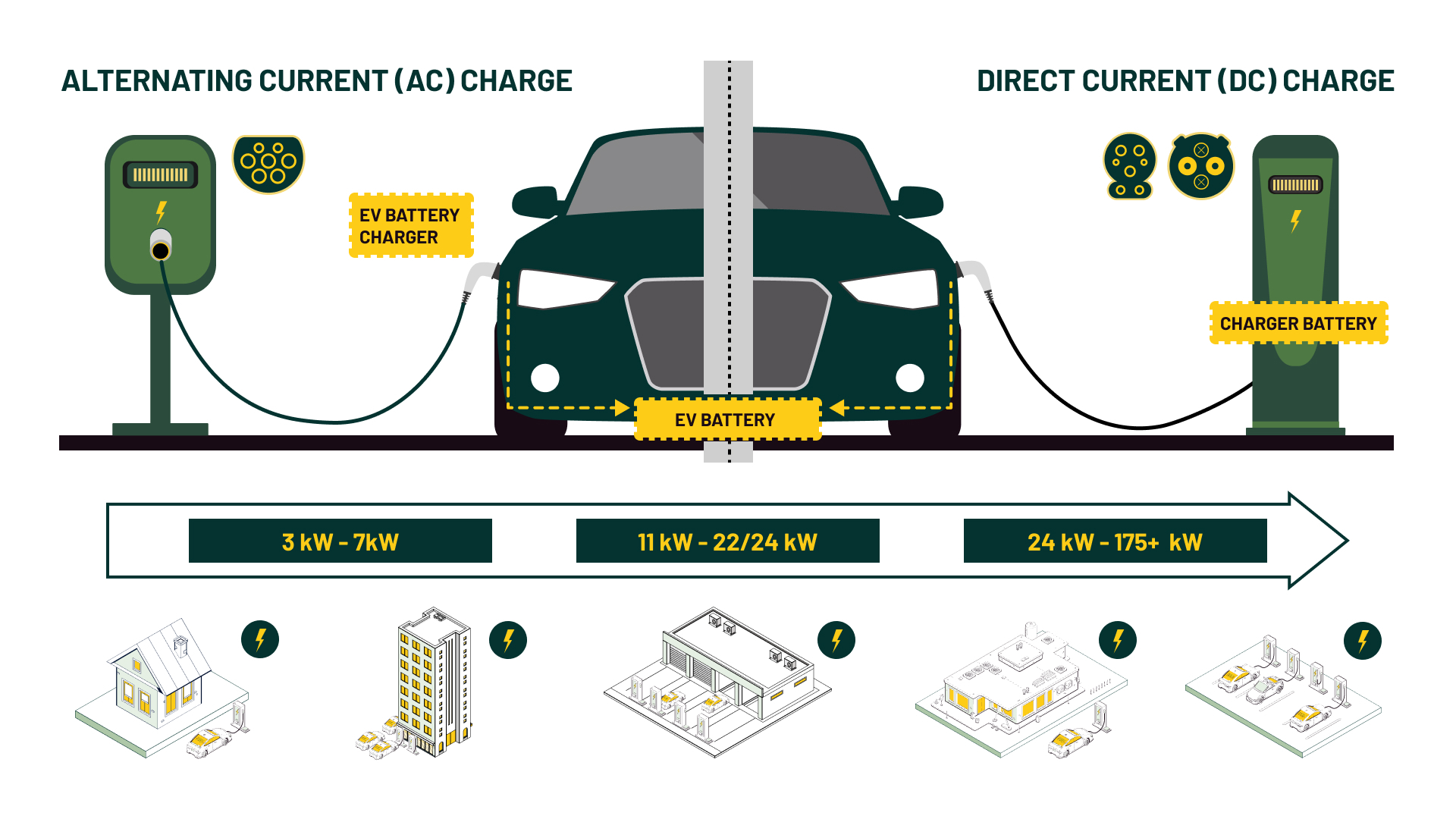
What Is The Charging Speed Of AC Chargers?
The long charging times are one of the biggest concerns of any EV owner. Although the DC chargers are known to fill 80% of your battery in about half an hour (depending on the vehicle and the charger), the AC chargers are much slower. There are several types of chargers available to the general public. Called Mode 1, Mode 2, or Mode 3 in Europe or Level 1 or Level 2 in the United States, you can find them practically everywhere.
The Mode 1 AC charger has a power output of 1-2 kW (plugging the EV in a plain socket at home), while the Mode 2 or 3 AC charger's typical output is between 7 and 22 kW. It is a standard home charger with 120 volts (US) and 230-240 volts (Europe) of power and longer charging times. Depending on the size of your battery but fully charging using the Mode 1 home charger can take up to 24 hours.
Mode 2 AC chargers are found in public places and have 240 volts of power. In most cases, a standard car battery can be fully charged in about 8 to 10 hours. Recently, many EV owners decided to purchase AC Chargers with charging boxes (Mode 3 chargers) for home use to shorten the process and have their cars fully charged overnight. It raises the electricity bill but lowers the charging times, which is more important.
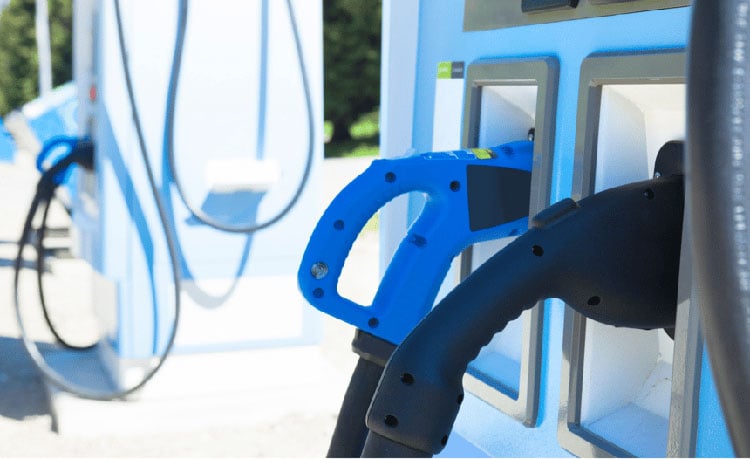
Is AC Charging bad For the Battery?
Not at all. In fact, AC Charging, whether Level 1 or Level 2, is probably the safest way to fill the battery of your electric vehicle. If we observe the charging curves between the AC and DC charges, we can see that the line is flat and constant throughout the charging times with AC chargers. It means that the battery is evenly and slowly filled with minimal risk of fire due to overheating. The DC chargers are different, and due to the immense flow of electricity, the battery pack is protected from overheating and power surges with a Battery Management System (BMS), which can cause damage to the battery itself and, in the worst-case scenario, a fire. So, AC chargers might be slower, but they are much safer and least damaging to the battery internals.
Conclusion
Understanding the basic principles of electric vehicle charging is crucial for all EV owners. AC charging, as the most common and affordable way of charging an electric vehicle, works basically on the same principle as charging your phone or laptop. Using the alternating current to charge and convertor to store the energy in the battery pack, AC is the primary type of charging. Understanding the limits and technology behind AC chargers (Level 1 and Level 2 or Mode 1 to 4) can help EV owners reduce their range anxiety and plan their charging times better.
